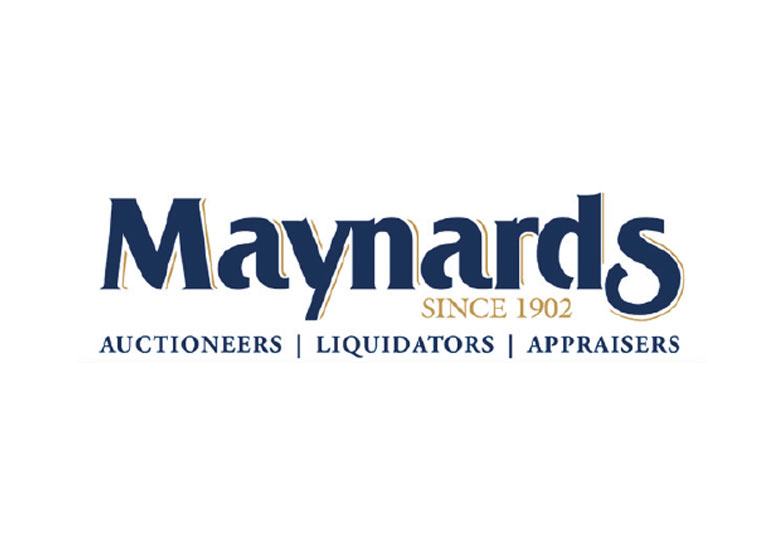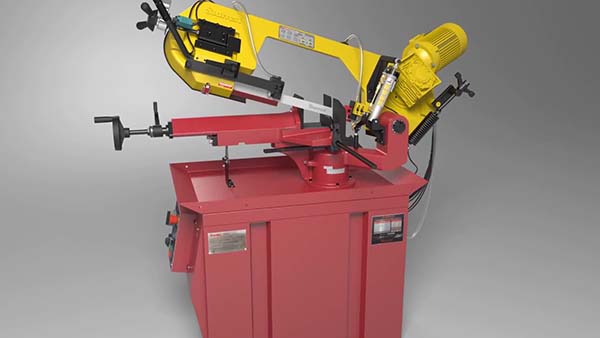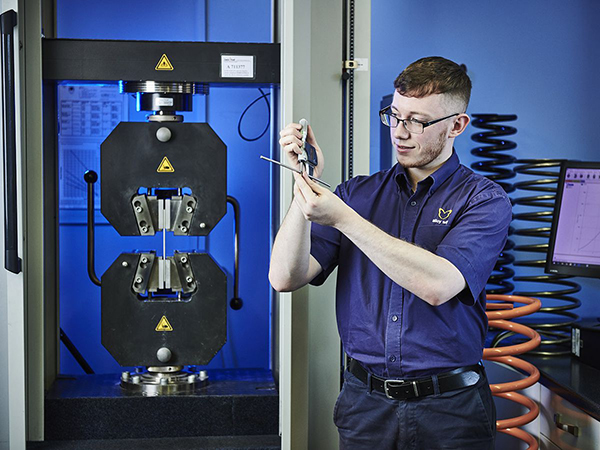
Industrial auction specialist Maynards has announced the continuation of a series of secured party sales involving the assets from another complete JD Norman plant in Germany. JD Norman, a major OEM and tier-one supplier of automotive powertrain and components, shut down in 2020 after more than 20 years of providing assembled components to automotive companies such as Mercedes Benz, Audi, Ford, VW, Fiat and Kia.
Items for sale include complete manufacturing lines used for automotive powertrain and engine components. The sale is currently underway and will end on 29 September with an online auction. Maynards is managing the sale in conjunction with a global team of automotive asset specialists that include Robert Levy Associates and Gordon Brothers. Over 1000 late-model assets are available from brands such as Samag, Heller, Heckert and others. In total, the sale includes over 150 CNC machines, as well as leak testers, parts washers, deburring machines, robots, cranes, QA equipment, tool-room equipment, factory vehicles and storage equipment.
For further information email andreas@maynards.com or visit www.maynards.com























